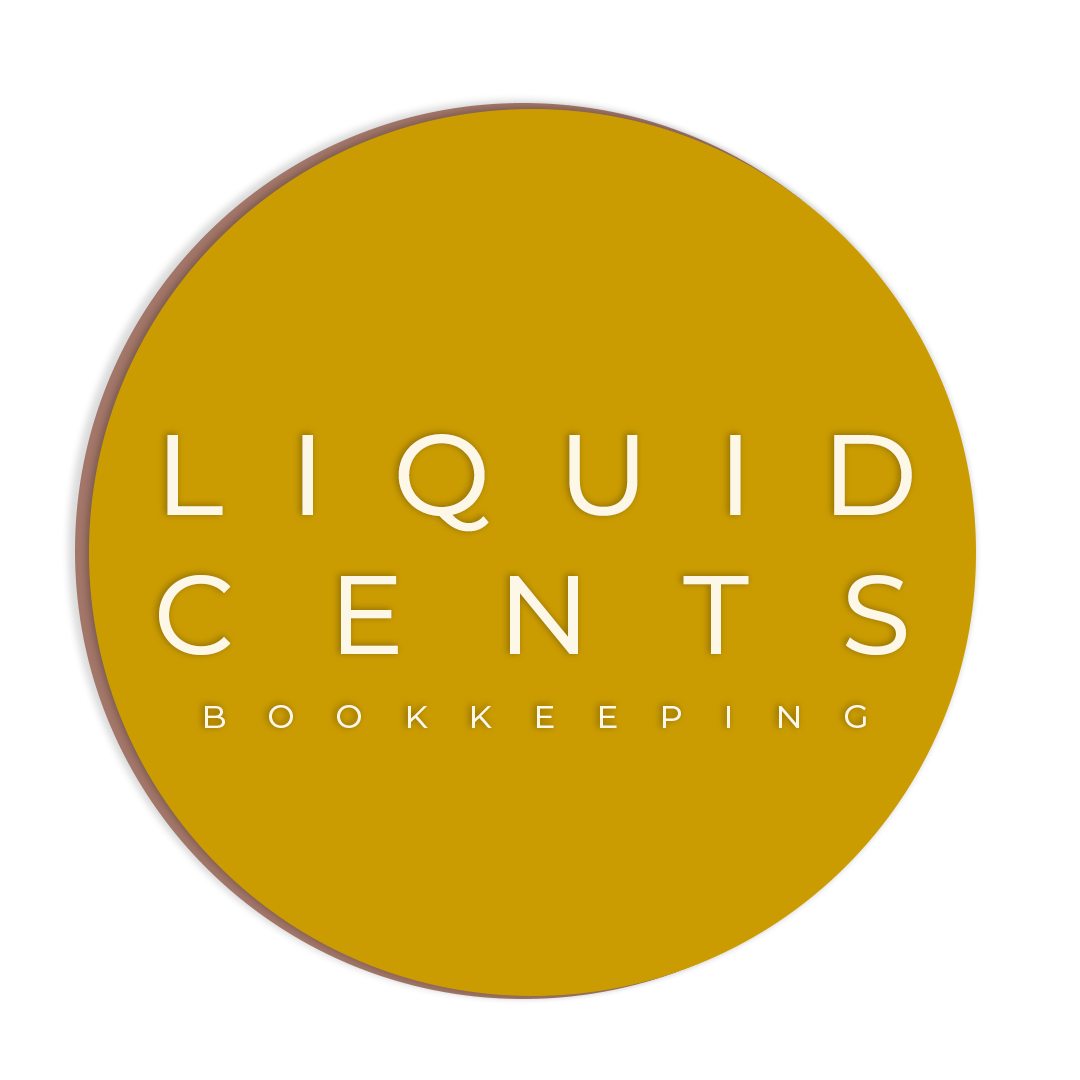Switching to Quickbooks Online is not as hard as you think
Understanding what’s going on financially inside of your business is crucial for its livelihood, and you’re set on not adding more hassle and headaches to your already long days. So, your next move is to use a software like Quickbooks to help you manage.
But, where should you start?
Let’s go over your Quickbooks options
Your first step is choosing which Quickbooks product is best for you. Quickbooks Self-Employed is for freelancers that plan to remain working as contractors. Although QBSE (Quickbooks Self Employed) is the cheapest option, therefore the most enticing one, it doesn’t really work well for business owners, even if it’s just you. QBSE doesn’t upgrade to QBO (Quickbooks Online) once your business is ready to do so, and it doesn’t run financial reports either. That’s a big no-no for me.
So, assuming you’re opting for QBO, take a few seconds to go over the images below to identify what sounds more like what you need (or go directly to their website for more info and pricing). If you’re just starting out, you might be fine with Simple Start or Essentials, or if you need better reporting capabilities, or to separate “projects” or locations, you are better off with the Plus version. Advanced is, well.. the one with all the bells and whistles. The factors to consider will vary based on your industry, business model, and what you want out of QBO. Once in, you can upgrade and downgrade between QBO tiers as you see fit, obviously considering the features you need.
What next?
Create/set up your QBO account. You’ll need your paperwork stuff like entity type, EIN, taxes info, logo, contact info, billing info, etc.
Review/make changes to your Chart of Accounts
Connect your BUSINESS bank accounts and credit cards
Side note on your Chart of Accounts
Familiarize yourself with your Chart of Accounts before you connect your bank accounts/credit cards. You can edit/add/delete the default one created by QBO.
Your COA (Chart of Accounts) is basically your list of financial accounts or financial categories. Every single transaction is assigned to one of these. Additionally, these categories will be used to create financial reports and will track everything required for tax season. To say they’re important is an understatement. Check out my blog “Is categorizing your income and expenses worth all the extra hassle?” to learn more about why it is important to keep specific categories.
Bank feeds
Finally, go to the “Banking” section to add your accounts and credit cards. You’ll need your login information for your banks. QBO will do the rest.
At a minimum, obtain one checking account and two savings accounts (one specifically for your taxes only).
If by any chance your financial institution is not able to sync with your QBO, you can download a csv from your bank account and upload it here.
You made it! Congratulations!
Get some good upbeat music going and let the categorizing begin! Or, maybe leave it for another day…
As always, if you’re stuck at any given point or need some guidance, email me at andrea@liquidcentsbookkeeping.com or schedule a call with the link below.
This is for informational and educational purposes only. Please seek individual legal and tax advice.

